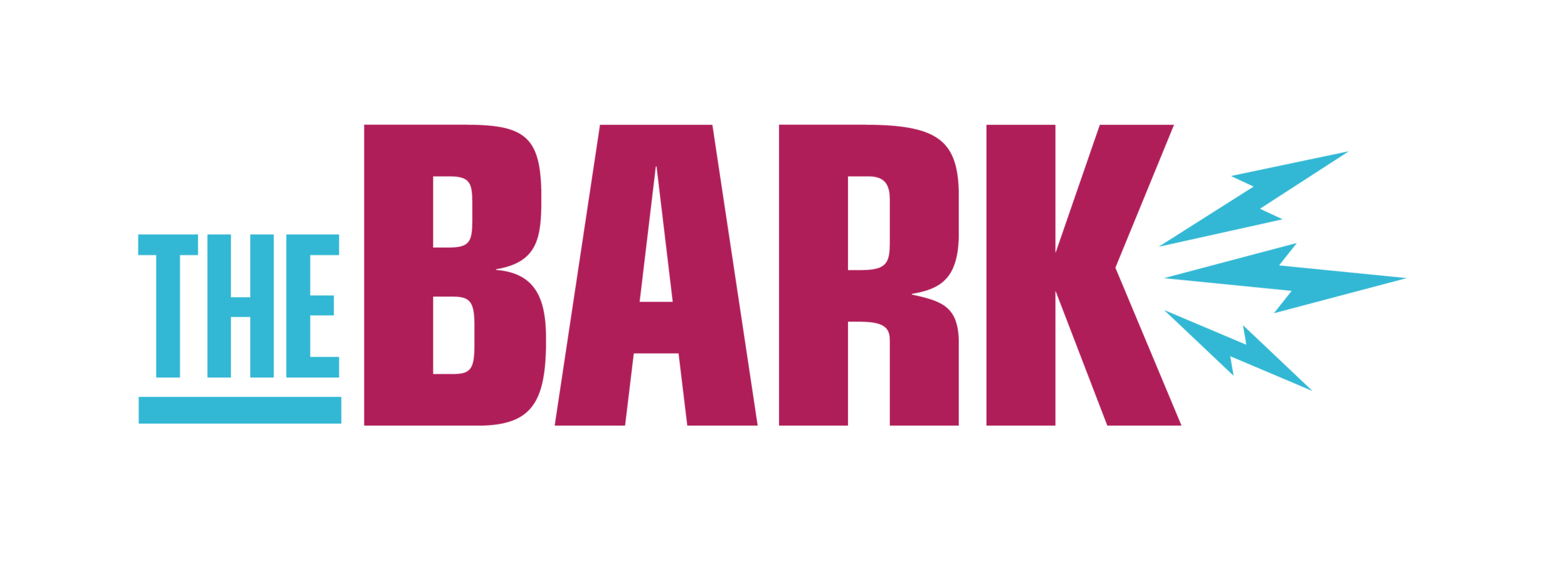The Statesman is changing... Here's why
For 70 years, the Statesman has been the Statesman.
In 1947, the campus newspaper officially changed its name from the Fortnightly Chronicle to the Duluth Statesman (which later evolved to the UMD Statesman).
The name “Statesman” was chosen from a host of student submissions, according to an article found in our archives, and was selected for its “conciseness, applicability and originality.”
Mary Miller, a junior majoring in biology, was awarded $5 for submitting the winning name out of 132 submissions.
That was in 1947. In 2017, we did something similar and posted a Google form online which allowed people with a U of MN email address to submit name ideas for our rebranding. We received 131 submissions.
70 years later, we had almost the exact same number of responses. This is partly why we are changing. Over the past several decades UMD has had a huge increase in enrollment and yet the number of students engaging with campus news appears to have stayed the same.
In the fall semester of 2016, students in the Social Media Strategies course at UMD conducted a campus survey. One of their questions was “Are you familiar with The UMD Statesman?” 46.4 percent of students responded "no."
Essentially, there is an issue with the Statesman’s visibility and engagement on campus. This is a much bigger problem than just our brand, but the name “Statesman” does not resonate with UMD students as it has no relevance to our campus and no connection to our current students.
So the question I had to ask myself when taking over the role as editor-in-chief is this: How can we improve our relevance on campus if our very name does not identify with our target audience?
More research ensued. The Statesman archives in the library proved to be even more enlightening than expected. 1947 was not the only time the name of our news organization was changed.
In 1973, Judy Cavanaugh was hired as the first female editor-in-chief of the Statesman. That fall semester, she changed the name of the Statesman to the “Statesperson.” She also wrote an article about her thoughts on why the name needed to change to be more inclusive.
“In the case of the STATESMAN, I believe the name to be an example of the subtle forms of sexual discrimination that pervade this society,” Cavanaugh wrote. “These subtle forms have effects that are not so subtle. For instance, if you are a woman, and you see only men doing positive political activity and hear only about ‘statesmen’ and ‘congressmen’ what effect does that have on your own possible political activity?”
However, the new name did not last long. The Board of Publications voted to retain the name “Statesman.” You can see a press release and an article that they published about it below.
Now, despite differing opinions on the way our language encompasses gender and sex, it is a fact that as the campus news organization, our purpose is to serve as the voice of the students. 5,185 UMD students identify as female, according to UMD’s 2016 Student Profile. If any portion of them feel that the name of their student news organization excludes them, then it is worth considering a change.
The reason that this change is happening and happening now, is because the Statesman is making another transition.
Journalism is swiftly evolving. With the continual advancement of the internet and social networking platforms, the way people consume news is changing.
Our target audience is college students. As shown in the table above, people aged 18-29 are getting their news online and on social media. If our goal is to be engaged with our readers and to provide them with relevant, accurate information in a timely manner, then that’s where we need to be.
The Statesman is evolving into a digital-first, multimedia organization. After transitioning from a traditional newspaper format to a monthly news magazine last year, now is the perfect time to concentrate on our online presence.
This year we will continue to publish our monthly news magazine, while also posting content daily on our website and a variety of social media platforms, including Facebook, Twitter, Instagram and Snapchat.
We are pushing ourselves to not only improve our reporting, but also to experiment with the way we present the information we gather. We hope to achieve this by producing more videos, podcasts, infographics, interactive maps, photography and increase our overall interaction with students.
Rebranding is simply a way to help us transition into our new focus, reconnect with our audience and give our new organization a more fresh and modern feel.
To the Statesman alumni who feel that their history might be forgotten in this change, I would argue the opposite. Because of the groundwork that you laid out in your time here, you enabled progress for both our school and our organization. Expecting the Statesman to remain the same forever would be denying it the opportunity for growth. However, Statesman archives will be protected at all costs, as will the legacy of the people who built it into what it is today.
This move towards a new organization has not been taken lightly. We have met with numerous students and faculty on and off campus to include a diverse community of voices in the discourse surrounding this change. Our new name has been selected based on student submissions and positive feedback from our test groups.
We believe that the new name is concise, applicable and original, as “Statesman” was in 1947. We also believe that it brings a fresh and upbeat take on our identity as UMD students.
Name aside, we are looking forward to continuing to improve the quality of our reporting and the presentation of our stories, and hope to be a source of accurate, timely and relevant information for everyone here at UMD.







